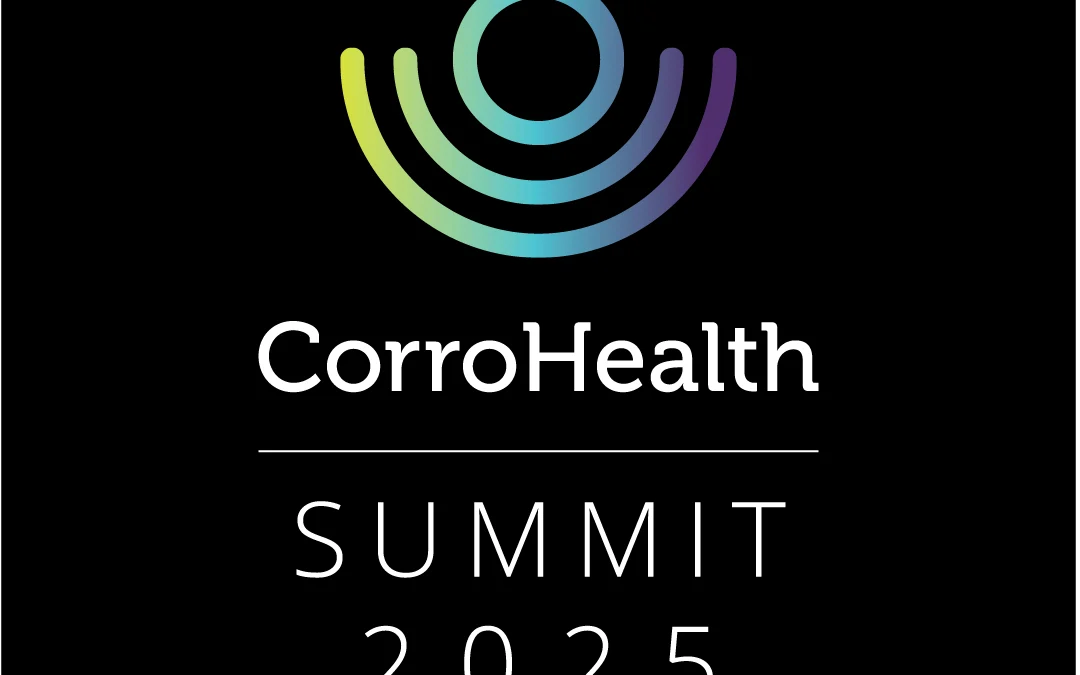A Strategic Approach to the Clinical Revenue Cycle
by Dr. Jerilyn Morrissey Chief Medical Officer, CorroHealth
Originally published March 2, 2023 on Becker’s Hospital Review
Translating patient care into full and accurate reimbursement from a payor is a complex endeavor, and many hospital departments have a hand in this process. However, when these departments operate in silos, without an overarching payor strategy, hospitals leave money on the table. In their workshop, “The UM & CDI Continuum, from the ED to the QIO,” CorroHealth and Corro Clinical by Versalus Health experts Dr. Jerilyn Morrissey and Lisa Romanello discuss the importance of developing a thoughtful and efficient payor strategy, connecting siloed departments, and how to compliantly build better integrity into your hospital’s revenue cycle.
The hospital industry has been significantly impacted in recent years. As operations and patient volumes return to pre-pandemic levels, resource constraints and rising labor costs have added to the already strained situation. To tackle this problem head on, organizations must find ways to accomplish more with less, and the only way to achieve this is to be strategic with time and staff resources.
The traditional approach to utilization review involves manually reviewing every case. This is not only a resource intensive undertaking, it is inefficient, and it creates compliance and revenue risk. Because of staffing constraints, the old way of assigning more people to this task just isn’t practical. We also know from data and experience that it doesn’t achieve the desired financial outcomes.
A strategic approach to utilization review involves a case selection feedback loop to permit targeting the biggest opportunities first. To streamline the process, we suggest a three-step approach. First, use a data-driven set of criteria to identify which cases require review. The criteria should consider the root causes of lower-than-expected financial outcomes. Second, prioritize high-risk cases and conduct targeted reviews. Finally, measure the metrics that accurately reflect payor denial rates, rather than looking at both actual and construed denial rates. This will help to evaluate the effectiveness of case reviews by sorting out cases that were “self-denied” through forced observation status. Sharing the results broadly and creating forums for feedback cultivates a culture of collaboration and can pinpoint additional opportunities.
A strategic model also requires intradepartmental collaboration and the willingness to critically analyze and possibly revise legacy workflows and procedures. We are advocating that the Utilization Management (UM) and Clinical Documentation Improvement (CDI) departments work together to ensure a comprehensive accounting of each patient’s clinical picture and the care provided, with UM compliantly statusing patients to appropriately reflect the care being provided and CDI accurately capturing true patient acuity. A collaborative strategy employing a data-driven approach elevates both departments into more than the sum of their contributions, helping the hospital achieve its larger, shared goal of compliantly recovering all revenues it is rightfully owed.
The UM and CDI departments are both essential components along a patient’s care journey in a hospital. However, traditionally these two departments targeted separate goals, utilized separate KPIs to measure performance, and deployed separate tactics in pursuit of their department’s aims. UM and CDI must not be treated as mutually exclusive, but rather as part of a broader continuum. Aligning the goals and operation of UM and CDI in a way that is strategic, data-driven, measurable, sustainable, and consistent with the organization’s compliance and revenue goals, your hospital can stand in a much stronger position to counter payer non-payment and denial efforts.
We invite you to view the full workshop “UM and CDI Continuum” here.
Learn more about Corro Clinical by Versalus Health and CorroHealth.


















